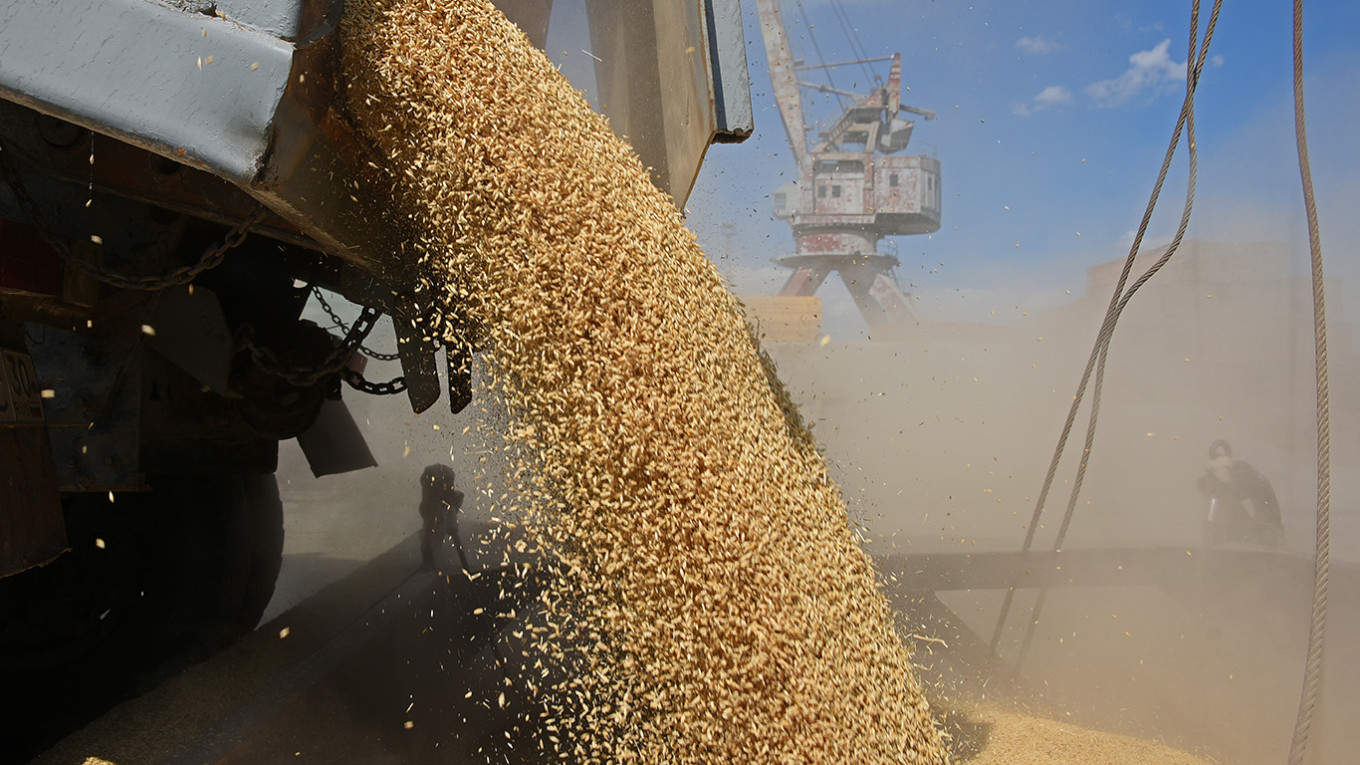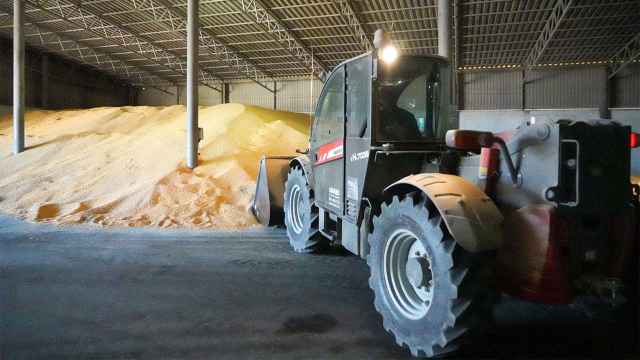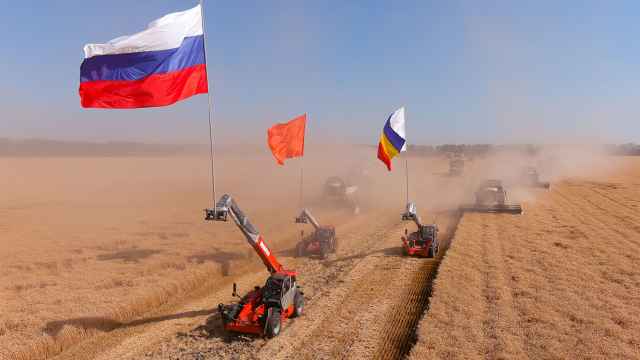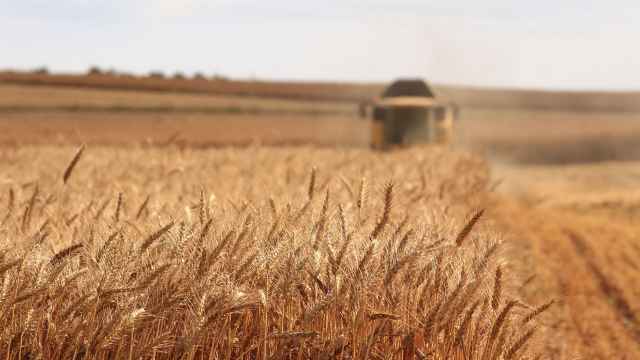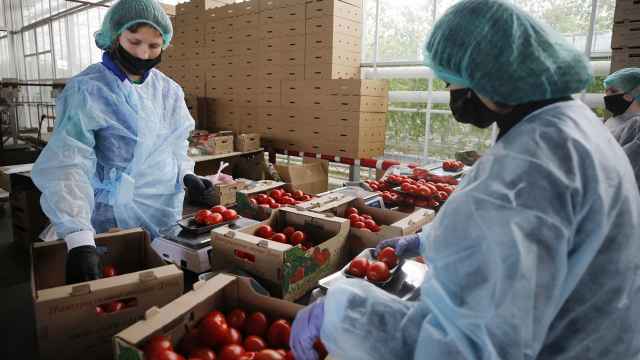Russia’s grain exports have dropped to their lowest level since 2008 as severe drought, sluggish prices and a stronger ruble put mounting pressure on the country’s agricultural sector, according to analysts cited by Reuters.
The Institute for Agricultural Market Studies (IKAR) projects that Russia will export just 2 million tons of wheat in July compared to 3.6 million tons during the same month of 2024.
Market analytics firms SovEcon and Rusagrotrans issued similar forecasts, estimating exports this month will range between 2 and 2.6 million tons.
Official figures show that grain harvesting is lagging significantly behind last year’s pace. As of July 2, only 3.8 million tons of grain had been collected nationwide, compared to 16.5 million tons at the same point in 2023, according to data from the Agriculture Ministry.
The Rostov region, a wheat-producing hub that accounts for about 10% of national output, has been hit by its worst drought in years. Local officials anticipate the region’s harvest will be the smallest in a decade, with volumes potentially down 20% year-on-year.
Drought conditions have led to a state of emergency in 19 districts and have also affected parts of the neighboring Krasnodar region.
Beyond the droughts, grain exports have been hindered by farmers' reluctance to sell due to low prices and a strong ruble.
“Farmers are in such a position that they will fight for each ruble this season,” one anonymous grain trader told Reuters.
Another source in the grain export industry noted that signs of a wheat shortage are already apparent at Russian ports.
“Grain is arriving at the port two to three weeks later than exporters expected, due to delays in harvesting, lengthy procedures for obtaining declarations and low prices,” the trader told Reuters. “The goods have been sold, but there’s nothing to load onto the ships.”
Despite the current slowdown, the Agriculture Ministry insists that Russia’s overall grain output will exceed last year’s levels by 5 million tons. The ministry forecasts a total harvest of 135 million tons in 2025, with 53 to 55 million tons available for export.
Still, analysts say recent trends suggest cause for concern.
Igor Pavensky of the railway operator Rusagrotrans estimates Russian wheat exports fell 25.2% in the 2024-25 marketing year, totaling 41.5 million tons. While exports were strong through late 2024, he noted, volumes dropped sharply starting in January 2025.
A Message from The Moscow Times:
Dear readers,
We are facing unprecedented challenges. Russia's Prosecutor General's Office has designated The Moscow Times as an "undesirable" organization, criminalizing our work and putting our staff at risk of prosecution. This follows our earlier unjust labeling as a "foreign agent."
These actions are direct attempts to silence independent journalism in Russia. The authorities claim our work "discredits the decisions of the Russian leadership." We see things differently: we strive to provide accurate, unbiased reporting on Russia.
We, the journalists of The Moscow Times, refuse to be silenced. But to continue our work, we need your help.
Your support, no matter how small, makes a world of difference. If you can, please support us monthly starting from just $2. It's quick to set up, and every contribution makes a significant impact.
By supporting The Moscow Times, you're defending open, independent journalism in the face of repression. Thank you for standing with us.
Remind me later.


